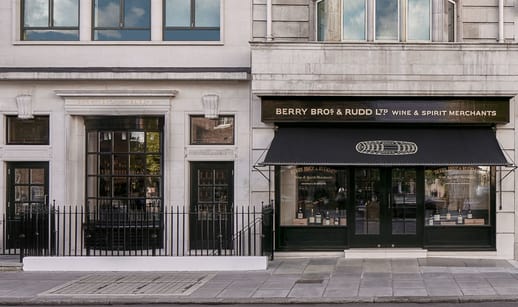
Pasport Na Vagon Dom
Mileages from Castle Hill Tunnel Portal Mileages to terminals measured around terminal loops The Channel Tunnel (French: Le tunnel sous la Manche; also nicknamed the Chunnel) is a 50.45-kilometre (31.35 mi) linking,, in the United Kingdom, with,, near in northern France, beneath the at the. It is the only fixed link between the island of and the European mainland.
At its lowest point, it is 75 m (250 ft) deep below the sea bed and 115 m (380 ft) below sea level. At 37.9 kilometres (23.5 mi), the tunnel has the longest undersea portion of any tunnel in the world, although the in Japan is both longer overall at 53.85 kilometres (33.46 mi) and deeper at 240 metres (790 ft) below sea level. The speed limit for trains in the tunnel is 160 kilometres per hour (99 mph). The tunnel carries high-speed passenger trains, the for road vehicles—the largest such transport in the world —and international.
Tire Changer Parts Manuals: Home. Product Line. Order Online. Customer Service. PARTS MANUALS FOR COATS TIRE CHANGERS: Coats 220/200 Motorcycle Changer. COATS 10 10 tire changer. COATS 10 10 tire changer. Manual Tyre Changer - Duration: 4:52. Coats 10-10 Tire Machine. Browse industry leading tire changer, brake lathe, and wheel balancing machines from the world's foremost wheel-service manufacturers, Hennessy Industries. Coats 1010 tire machine specs.
Pred stedrym dnom som nabehol na Sturovu pred zaverecnou. Pani ochotne pockali a trojica sa pustila.do rad, co si mam zakupit. Po dlhych rokoch som sa.
The tunnel connects end-to-end with the and high-speed railway lines. In 2017 through rail services carried 10.3 million passengers and 1.22M tonnes of freight, and the Shuttle carried 10.4M passengers, 2.6M cars, 51,000 coaches, and 1.6M lorries (equivalent to 21.3M tonnes of freight). This compares with 11.7 million passengers, 2.6 million lorries and 2.2 million cars through the. Ideas for a cross-Channel fixed link appeared as early as 1802, but British political and press pressure over the compromising of national security stalled attempts to construct a tunnel. An early attempt at building a Channel Tunnel was made in the late 19th century, on the English side, 'in the hope of forcing the hand of the English Government'.

The eventual successful, organised by, began construction in 1988 and opened in 1994. At £5.5 billion (1985 prices), it was at the time the most expensive construction project ever proposed. The cost finally amounted to £9 billion ($21 billion), well over its predicted budget. Since its construction, the tunnel has faced a few mechanical problems. Both fires and cold weather have temporarily disrupted its operation.
People have attempted to use the tunnel to enter the UK since 1997, creating the ongoing issue of the on the French side, causing both diplomatic disagreement and violence. See also: In 1979, the 'Mouse-hole Project' was suggested when the Conservatives came to power in Britain. The concept was a single-track rail tunnel with a service tunnel, but without shuttle terminals. The British government took no interest in funding the project, but, the prime minister, said she had no objection to a privately funded project.
In 1981 Thatcher and, the French president, agreed to establish a working group to evaluate a privately funded project. In June 1982 the Franco-British study group favoured a twin tunnel to accommodate conventional trains and a vehicle shuttle service. In April 1985 promoters were invited to submit scheme proposals. Four submissions were shortlisted: • Channel Tunnel, a rail proposal based on the 1975 scheme presented by Channel Tunnel Group/France–Manche (CTG/F–M). • Eurobridge, a 4.5 km (2.8 mi) span with a roadway in an enclosed tube. • Euroroute, a 21 km (13 mi) tunnel between artificial islands approached by bridges. • Channel Expressway, a large diameter road tunnels with mid-channel ventilation towers.